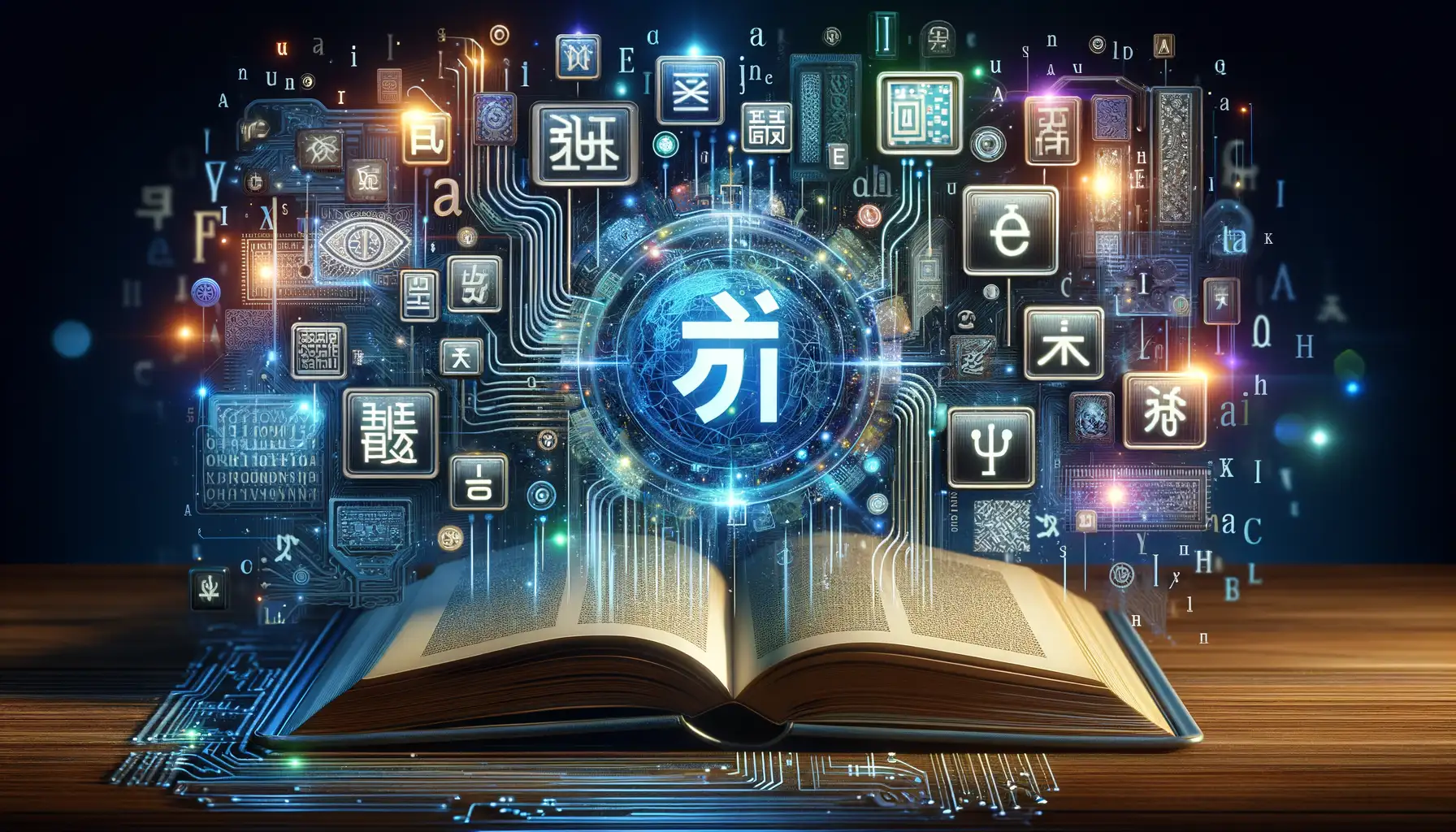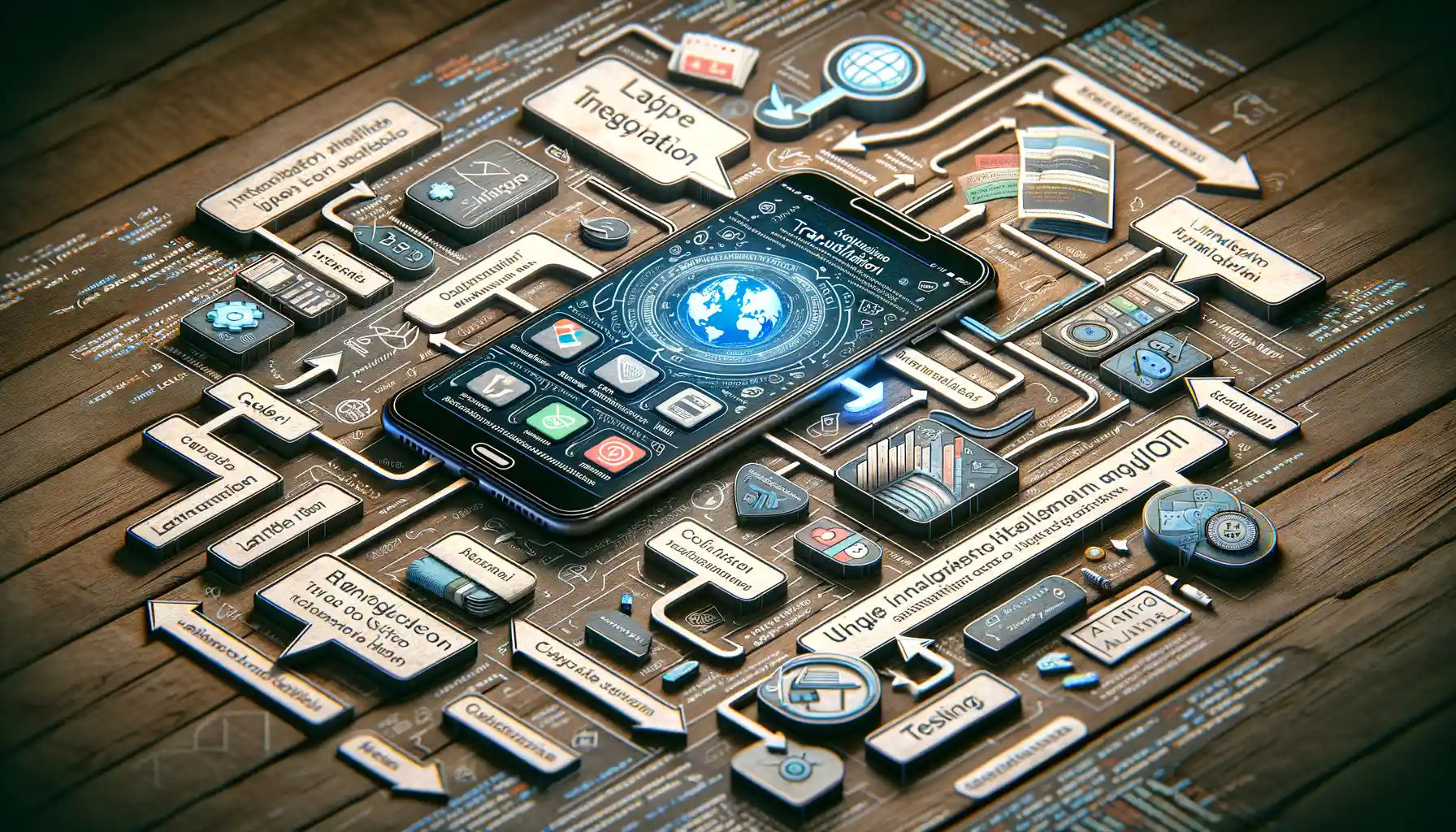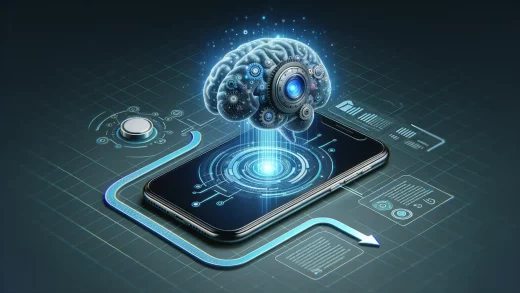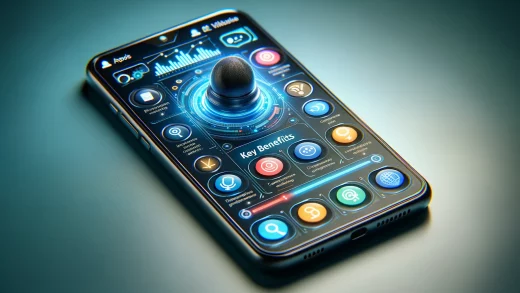Introduction to Real-Time Language Translation with AI
Imagine a world where you could walk into any country, open an app, and effortlessly converse with locals. No cumbersome dictionaries, no awkward hand gestures—just pure, unfiltered connection. That’s the magic of real-time language translation powered by AI. It’s not just a tech feature; it’s a bridge that shrinks oceans and builds bonds across cultures.
The Heart of AI-Powered Language Translation
So, how does this wizardry actually work? At its core, AI translation tools combine brainy algorithms and mountains of linguistic data. Think of them as skilled interpreters who work at breakneck speed, understanding the quirks of grammar, slang, and even emotion in milliseconds. No pressure, right?
Here’s why it’s so groundbreaking:
- Instant Communication: Whether you’re chatting in real-time or translating menus, delays are nearly non-existent.
- Context Over Words: AI understands context rather than just matching words—catching nuances like sarcasm or formal tones.
- Wide Language Range: From popular tongues like Spanish to rare dialects, boundaries become blurred.
This isn’t some futuristic dream—it’s happening now, driven by tools like neural machine translation and natural language processing. Ready to dive deeper into this innovation? Keep reading for a roadmap to make it work for you!
Key AI Technologies Powering Language Translation

Breaking Down the Core Tech Behind AI Translation
Ever wondered what happens behind the scenes when your app magically turns “bonjour” into “hello” in milliseconds? It’s like watching a symphony of advanced technologies harmonizing together. Let’s peek backstage.
At the heart of it all lies Natural Language Processing (NLP). This isn’t just a tool; it’s the mastermind. NLP enables AI to understand words not just as isolated entities but as emotional, cultural, and contextual beings. Think about how “cool” can mean chilly or awesome—NLP figures that out! It’s the reason your translations feel human, not robotic.
Now, meet Neural Machine Translation (NMT), the workhorse quietly revolutionizing linguistic boundaries. Inspired by the way our brain fires up neurons, NMT breaks sentences into tiny pieces, reconstructs them in the target language, and voila! A polished, fluent translation. And yes, that’s why apps like Google Translate feel leagues ahead of old-school dictionaries.
- Speech-to-Text: Converts spoken words into text accurately, even when accents and slang crash the party.
- Text-to-Speech: Brings translations to life—because sometimes, words need a voice.
With these tools, your app doesn’t just translate—it understands, speaks, and connects. Magic? Close, but it’s pure, cutting-edge science.
Steps to Integrate AI Translation into Your App

Breaking Down the Integration Process
Adding AI-powered translation to your app might feel like piecing together a complex puzzle—but don’t worry, each step is simpler than it seems. Let’s crack it open!
First, choose the right AI translation API for your needs. Are you dealing with casual chats or formal documents? APIs like Google Cloud Translation, DeepL, or even open-source tools like Opentranslate cater to different scenarios.
Next, it’s time to build the bridge. Integrate the API into your app’s backend system. Most APIs come with developer-friendly documentation, so it’s easier than assembling IKEA furniture! But, here’s a pro-tip: To keep things snappy, implement caching strategies for repeated translations.
- Test early, test often: Debugging isn’t glamorous, but it’s your safety net.
- User-friendly UI: Make toggling between languages as effortless as flipping a light switch.
Going Beyond the Basics
Don’t stop at plain text! AI models support features like speech-to-text, offline functionality, and even slang detection. Imagine a traveler using your app in Tokyo—it could decipher menus, signs, and local nuances without breaking a sweat.
Finally, consider dynamic updates. Use user feedback to fine-tune translations, because no one likes clunky phrasing. When AI translates culture as smoothly as language, you’ve hit the jackpot.
Best Practices and Considerations for Implementation

Building for Accuracy and User Experience
Implementing AI-driven real-time translation isn’t just about plugging in the tech and letting it run—it’s about crafting an experience that feels intuitive, almost magical, for your users. Start by fine-tuning your app’s translation accuracy. Why? Because nothing breaks trust faster than clunky or mistranslated phrases. Imagine a user confidently saying “I’m allergic to peanuts,” but the translation says “I love peanuts.” Ouch!
Here’s where you can shine:
- Context handling: Ensure your AI system grasps cultural nuances and idiomatic expressions. For example, “break a leg” shouldn’t result in a literal translation!
- Test obsessively: Simulate real-world usage with diverse dialects, accents, and slang. A global audience demands rigorous testing.
Beyond accuracy, prioritize user experience with seamless workflows. If switching between languages feels like navigating a maze, even the best translations won’t save the day. Design clear toggles, intuitive interfaces, and quick-response feedback for input errors.
Ethics, Privacy & The Bigger Picture
Real-time translation involves processing sensitive conversations. Always bake in data privacy safeguards—end-to-end encryption, no storing sensitive information, and clear user consent processes. And remember, inclusivity matters. Don’t overlook minority languages or accessibility features like voice-to-text for differently-abled users.
Think of this as building not just an app but trust. When users feel respected and understood, your app becomes more than a tool—it’s a bridge across cultures.
Future Trends and Opportunities in AI-Powered Translation

Revolutionizing Communication Across Borders
AI-powered translation is hurtling us toward an exciting future where language truly knows no boundaries. Imagine your app not just translating words, but weaving entire cultural narratives seamlessly. Future trends like **context-aware algorithms** are set to refine this magic even further. These advanced models won’t merely decode text—they’ll grasp nuances, emotions, and tone. Yes, sarcasm and wordplay included!
Let’s talk about the big game-changer here: **multimodal translation**. Picture this: your app not only translates speech in real time but also synchronizes it with visual cues, gestures, or even on-screen subtitles for videos. Whether in virtual meetings or international gaming sessions, this could upend global collaboration.
- Edge Computing: Super-speedy translations without depending heavily on cloud support.
- Voice-to-Voice Translation Innovations: Natural, human-like voices replacing robotic tones entirely.
And don’t overlook the business opportunities. As AI tools evolve, vertical markets—from education to e-commerce—are craving hyper-personalized translations. Targeting niche user bases in their preferred dialects? That’s going to be the secret sauce. Hugely empowering and wildly profitable.
The future isn’t just coming—it’s multilingual, personalized, and beautifully interconnected. Are you ready?



